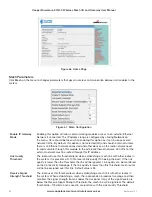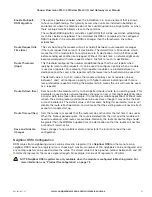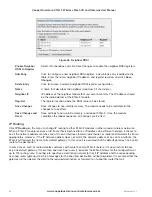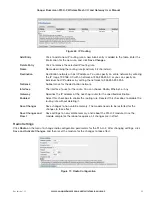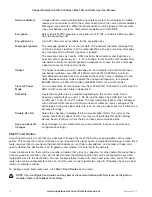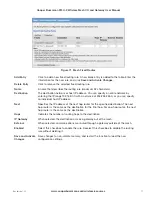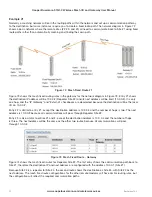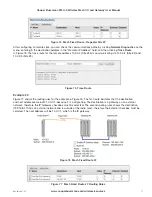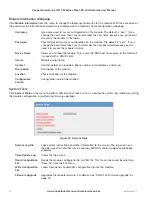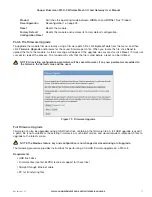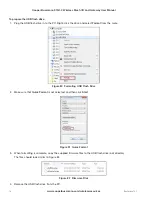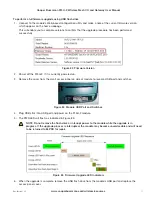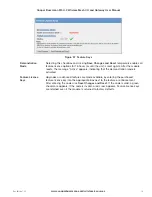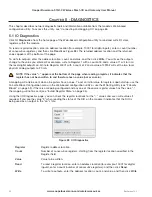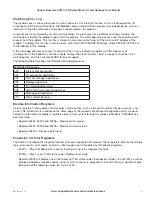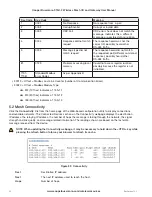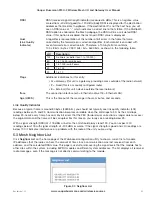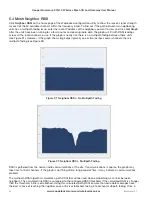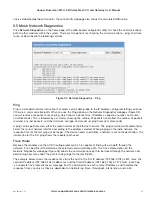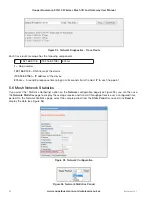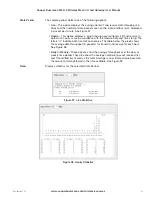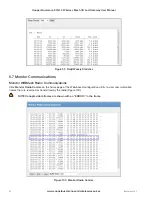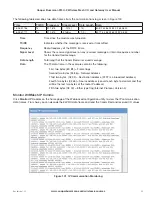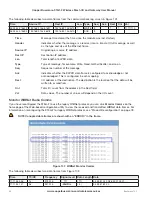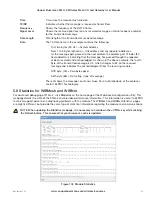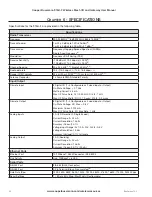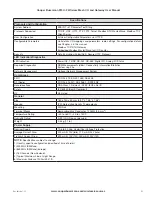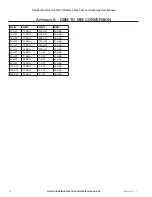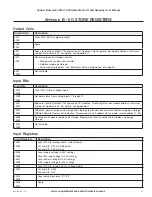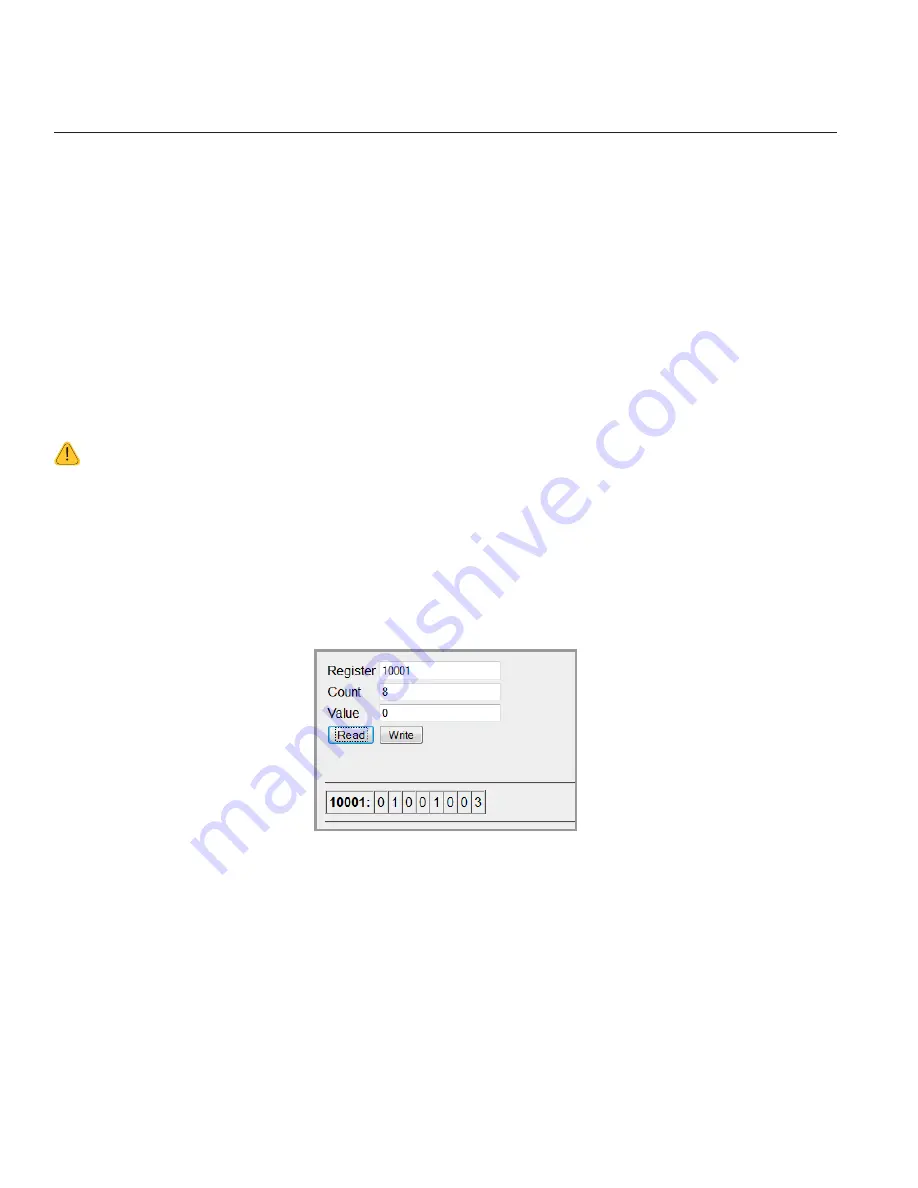
80
www.cooperbussmann.com/wirelessresources
Cooper Bussmann 915U-2 Wireless Mesh I/O and Gateway User Manual
Rev Version 1.2.2
C
hapTEr
5 - DIaGNOSTICS
This chapter describes network diagnostic tools and information available from the module’s Web-based
configuration utility. To access this utility, see “Connecting and Logging On” on page 65.
5.1 IO Diagnostics
Click
IO Diagnostics
from the home page of the Web-based configuration utility to read and write I/O store
registers within the module.
To read a register location, enter an address location (for example, 10001 for digital inputs), enter a count (number
of consecutive registers), and then click
Read
(see Figure 88). The returned address location and the returned
values appears at the bottom of the page.
To write to outputs, enter the address location, count, and value, and then click
Write
. You will see the outputs
change to the value you entered. For example, write to Register 1 with a count of 8 and a value of 1 will turn all
the local digital outputs on. Write to Register 40001 with a count of 2 and a value of 49152 will set the two local
physical analog outputs to 20 mA.
NOTE If the value “~“ appears at the bottom of the page when reading a register, it indicates that the
register has not been written to and therefore has no value (not even zero).
A mapping will only be sent when all registers have a value. To set an initial value for registers upon startup, use the
Fail-safe Block Configuration menu in the Web-based configuration utility or use the MConfig Utility (see “Fail-safe
Blocks” on page 53). If there is a mapping configured and any one of the source register values has the value “~“
the mapping will not be sent (see “Invalid Register State” on page 55).
Using the I/O Diagnostics page, you can check the register locations for the “~“ values and even write values if
required. If you see the value “3” when reading the status of the DIO on the module it indicates that the DIO is
being used as an output in the “on” state.
Figure 88 I/O Diagnostics
Register
Register address location.
Count
Number of consecutive registers, starting from the register location specified in the
Register field.
Value
Value to be written.
Read
To read a register location, enter an address location (for example, 10001 for digital
inputs), enter a count (number of consecutive registers), and then click
Read
.
Write
To write to outputs, enter the address location, count, and value, and then click
Write
.

